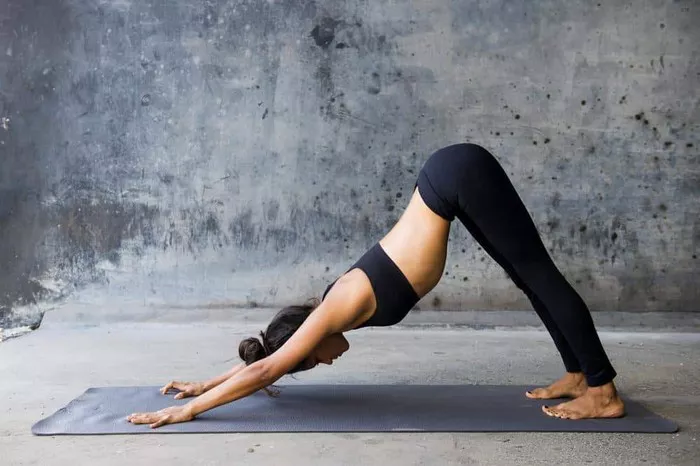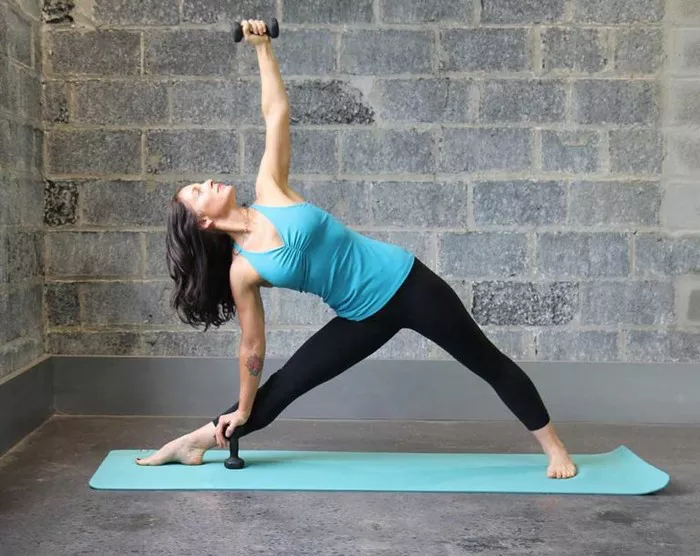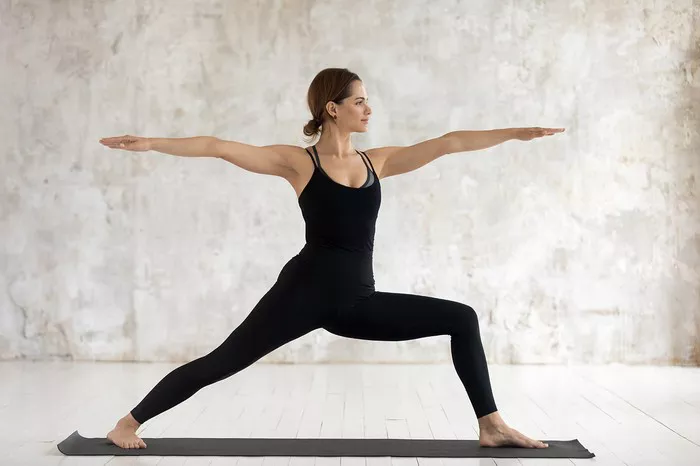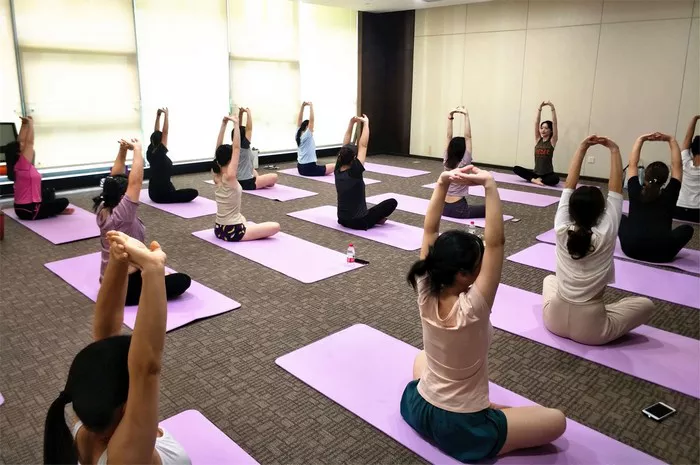In recent years, the popularity of yoga has surged globally, with enthusiasts seeking not only physical fitness but also mental clarity and spiritual balance. Among the diverse array of yoga styles, Hot Power Yoga stands out as a dynamic and intense practice that combines the benefits of traditional yoga with the challenge of heat and power movements. In this article, we delve deep into the world of Hot Power Yoga, exploring its origins, benefits, techniques, and tips for practitioners at all levels.
Origins and Evolution
Hot Power Yoga, also known as Bikram Yoga or Heated Vinyasa Yoga, traces its roots back to traditional hatha yoga practices. However, its modern form emerged in the late 20th century, pioneered by influential yogis such as Bikram Choudhury and Baron Baptiste.
Bikram Choudhury introduced the concept of practicing yoga in a heated room, typically around 105 degrees Fahrenheit (40.6 degrees Celsius), with a humidity level of 40%. His sequence of 26 postures, performed over 90 minutes, became known as Bikram Yoga and gained a massive following worldwide. The heat was believed to facilitate deeper stretching, detoxification through sweating, and enhanced flexibility.
Baron Baptiste, on the other hand, developed Power Yoga, emphasizing fluid movement and strength-building poses. He integrated elements of traditional yoga with modern fitness principles, creating a vigorous and empowering practice. When combined with heat, Power Yoga evolved into Hot Power Yoga, blending dynamic sequences with the detoxifying effects of the heated environment.
The Benefits of Hot Power Yoga
1. Physical Fitness: Hot Power Yoga offers a comprehensive workout that targets strength, flexibility, balance, and cardiovascular health. The combination of heat and challenging postures increases heart rate, burns calories, and promotes lean muscle development.
2. Detoxification: Sweating profusely during a Hot Power Yoga session helps cleanse the body by flushing out toxins and impurities through the skin. This detoxification process can leave practitioners feeling rejuvenated and energized.
3. Improved Flexibility: The heat in a Hot Power Yoga studio warms up muscles, tendons, and ligaments, making them more pliable and receptive to stretching. This allows practitioners to deepen their stretches and achieve greater flexibility over time.
4. Stress Reduction: Like all forms of yoga, Hot Power Yoga incorporates breathwork and mindfulness techniques that promote relaxation and stress relief. The intense focus required during challenging poses can help quiet the mind and alleviate tension.
5. Enhanced Mental Focus: The dynamic nature of Hot Power Yoga demands concentration and presence, as practitioners flow from one pose to the next. This cultivates mental clarity, sharpens focus, and fosters a sense of mindfulness both on and off the mat.
6. Weight Loss and Management: The combination of aerobic exercise, strength training, and heat-induced calorie burn makes Hot Power Yoga an effective tool for weight loss and weight management. Regular practice can contribute to increased metabolism and improved body composition.
7. Community and Support: Hot Power Yoga studios often foster a sense of community and camaraderie among practitioners. Sharing the challenge of a heated practice can create bonds and provide support on the journey toward health and wellness.
Techniques and Practices
1. Breath Awareness: Central to Hot Power Yoga is the synchronization of breath with movement. Practitioners are encouraged to breathe deeply and consciously, using ujjayi breath (victorious breath) to regulate the flow of energy and heat within the body.
2. Proper Alignment: While the intensity of Hot Power Yoga may tempt practitioners to push their limits, it is essential to prioritize proper alignment and safety. Maintaining alignment not only prevents injuries but also maximizes the benefits of each pose.
3. Mindful Transitions: Smooth and mindful transitions between poses are key to the fluidity and rhythm of a Hot Power Yoga practice. Practitioners should strive for grace and ease as they flow from one posture to another, maintaining awareness of breath and alignment throughout.
4. Modifications and Variations: Every body is unique, and practitioners should feel empowered to modify poses according to their individual needs and limitations. Teachers may offer variations and props to accommodate different levels of strength, flexibility, and experience.
5. Hydration and Rest: Practicing Hot Power Yoga in a heated room can lead to significant fluid loss through sweat. It is crucial to stay hydrated before, during, and after class by drinking plenty of water. Additionally, adequate rest and recovery are essential for allowing the body to adapt and grow stronger.
Tips for Practitioners
1. Listen to Your Body: Pay attention to the signals your body sends during a Hot Power Yoga practice. Honor your limits, respect your boundaries, and avoid pushing yourself to the point of strain or discomfort.
2. Stay Hydrated: Hydration is paramount in a heated environment to prevent dehydration and maintain optimal performance. Drink water before, during, and after class, and consider replenishing electrolytes lost through sweat.
3. Arrive Early and Prepare: Arriving early allows time to acclimate to the heat, set up your mat, and mentally prepare for the practice ahead. Avoid heavy meals immediately before class and opt for light, easily digestible snacks if needed.
4. Dress Appropriately: Choose lightweight, moisture-wicking clothing that allows for freedom of movement and breathability. Avoid heavy fabrics that may retain heat or restrict mobility.
5. Be Open-Minded and Patient: Hot Power Yoga is a journey of self-discovery and growth, both physically and mentally. Approach each practice with an open mind, patience, and a willingness to embrace challenges and setbacks as opportunities for learning and progress.
Conclusion
Hot Power Yoga offers a potent blend of physical, mental, and emotional benefits, making it a popular choice for yoga enthusiasts seeking a challenging and transformative practice. By harnessing the power of heat, dynamic movement, and breath awareness, practitioners can unlock their full potential on and off the mat. Whether you’re a seasoned yogi or a curious beginner, exploring the world of Hot Power Yoga can lead to profound insights, strength, and vitality that extend far beyond the studio walls. Embrace the heat, flow with intention, and let your practice ignite your inner fire.



















